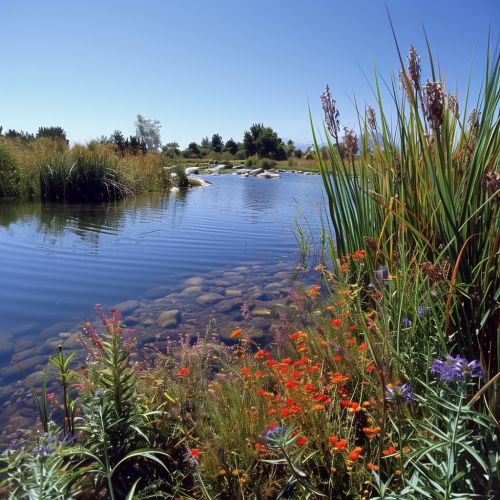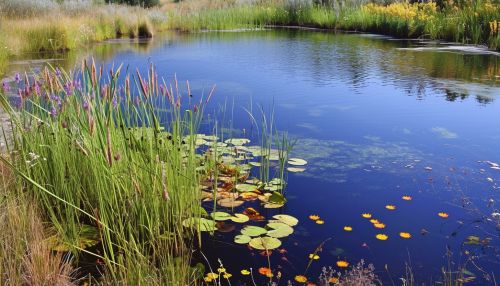Wetland Restoration
Introduction
Wetland restoration refers to the process of restoring wetlands that have been degraded or destroyed due to human activities or natural disasters. It involves the re-establishment of the pre-existing biological, geological and physical conditions of the wetland. The primary goal of wetland restoration is to recover the ecosystem services that wetlands provide, such as water purification, flood control, and habitat for wildlife.
Importance of Wetlands
Wetlands are among the most productive ecosystems in the world, comparable to rain forests and coral reefs. They provide a wide range of ecosystem services that contribute to human well-being and economic prosperity. Wetlands act as natural water filters, removing pollutants from water and improving its quality. They also provide a habitat for a diverse range of plant and animal species, many of which are endangered or threatened. Wetlands also play a crucial role in climate regulation by acting as carbon sinks, absorbing and storing carbon dioxide from the atmosphere.


Causes of Wetland Degradation
Wetland degradation is primarily caused by human activities such as agriculture, urban development, and industry. Agriculture often leads to the drainage of wetlands for crop cultivation. Urban development results in the filling of wetlands for construction purposes. Industrial activities can lead to the pollution of wetlands with harmful chemicals. Natural disasters such as hurricanes and floods can also cause significant damage to wetlands.
Wetland Restoration Techniques
There are several techniques used in wetland restoration, including hydrologic reconnection, revegetation, and soil amendment. Hydrologic reconnection involves restoring the natural water flow to the wetland, often by removing man-made barriers such as dikes or levees. Revegetation involves planting native wetland plants to restore the plant community. Soil amendment involves adding nutrients or other materials to the soil to improve its quality and support plant growth.
Challenges in Wetland Restoration
Despite the importance of wetland restoration, there are several challenges that need to be addressed. These include technical challenges, such as the difficulty of restoring the complex physical and biological processes that occur in wetlands. There are also social and economic challenges, such as the need for funding and public support for restoration projects. Furthermore, there are regulatory challenges, as wetland restoration often involves navigating complex laws and regulations.
Case Studies
Several successful wetland restoration projects have been carried out around the world. These include the restoration of the Florida Everglades in the United States, the Hula Valley in Israel, and the Mesopotamian Marshes in Iraq. These projects have demonstrated the feasibility and benefits of wetland restoration, providing valuable lessons for future restoration efforts.
Future of Wetland Restoration
The future of wetland restoration looks promising, with increasing recognition of the importance of wetlands and the benefits they provide. Advances in science and technology are also expected to improve the effectiveness of restoration techniques. However, continued efforts are needed to address the challenges in wetland restoration and to ensure the long-term success of restoration projects.
